Why is blending wine important?
For the average wine drinker, one of the least known aspects of winemaking is blending. This vital step in the winemaking process is a team effort and assures the final product will be consistent, balanced, and layered with aromatic, taste, and textural complexities.
Blending is when all the different “lots”, or batches, of wine in the cellar are put together, to create the final wine that ends up in bottles of La Crema.
As winemaker Elizabeth Grant-Douglas explains, La Crema keeps each lot of grapes completely separate when they come into the winery, all the way from the fields through fermentation.
Lots can be quite different, each displaying unique characteristics, flavors, aromas or textures. When it comes time to create a blend, the winemakers have a large array of options to choose from.
The goal, as Elizabeth notes, is to achieve consistency, so that, say, a bottle of La Crema Pinot Noir will taste the way people expect it to. “We know our target style and what people are looking for in the wine,” says Elizabeth, “so it’s up to us to put all the pieces together.”
Winemaking Mix Masters
How this is done involves the closest collaboration between Elizabeth and her three-person winemaking team: Craig McAllister, Greg Landin and Matt Flick. Here’s how it works:
Over the course of several weeks if not months, each individual winemaker goes into a brightly-lit room at La Crema, where, on a large white table, sit samples of dozens of individual lots of the wine, each marked by a code.
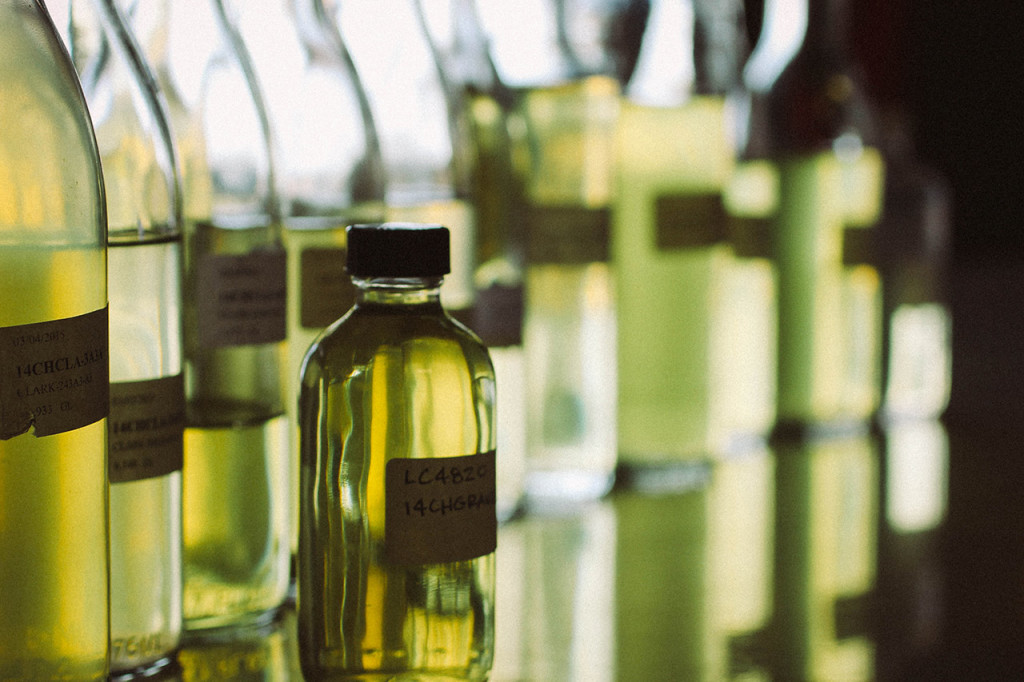
An assortment of Chardonnay samples from different lots.
After carefully tasting and note-tasking, the winemakers then assemble what they feel is “the ideal” blend, as Elizabeth puts it. This is done slowly, often drop by drop, using glass tubes calibrated to the milliliter.
Blind Tasting
After each of the winemakers has put together his or her sample blend, the four gather together, to taste each other’s blends under the strictest blind conditions.
Why blind? “You’ll always think your blend is the best,” Elizabeth says, “so when we taste, it’s important not to know which one is yours!” Blind tasting can be eye-opening. “You’re not always going to like your wine the best, so it’s important to leave your ego behind. But with the winemakers, we have a very safe environment.”
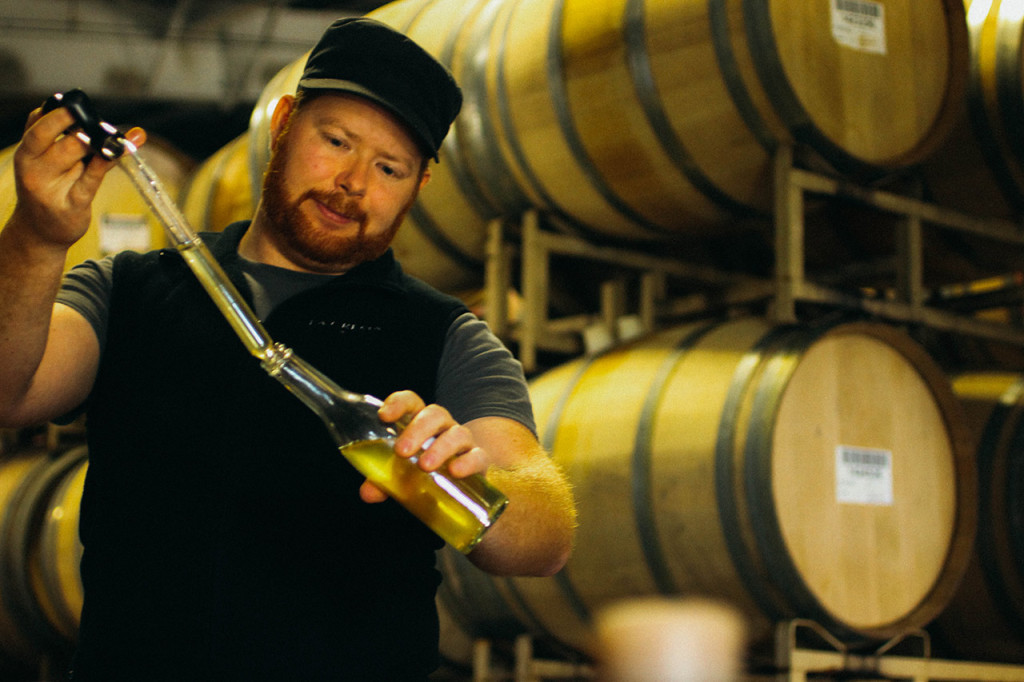
Assistant Winemaker, Matt Flick perfects his Chardonnay blend for blind tasting.
Ever so gradually, a meeting of the minds is reached. “We’ll do round after round, talking things out, what we like about the wine and what we feel is missing. Eventually we start moving in the same direction. We always know we’re heading towards a better wine.”
Timing is critical
You don’t want to be blending wines too soon after harvest, because they can still be undergoing malolactic fermentation, or in some other way be unready to taste.
Chardonnay is usually ready to begin blending in March or April. Pinot might take a month or two longer. And an early vintage, like 2014, will be ready to taste sooner than a late harvest, like 2011.
Once everybody agrees on the final blend, the task shifts back to the cellar. Each of those wines in barrel have to be blended together in precisely the same percentages as the winemakers blended them in their little glass tubes.
Some winemakers prefer to do blending alone, but Elizabeth feels a team is better. “The key to maintaining a wine’s style is to make sure we’re not developing a cellar palate that can lead in odd directions,” she avers. “And the only way to do that is to taste with other people.” So the next time you enjoy a La Crema wine, lift a glass to Elizabeth and her team for blending it!


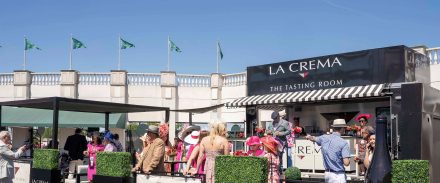
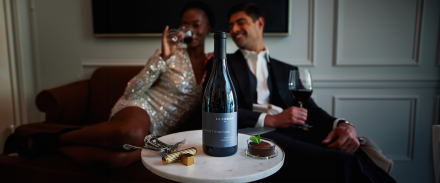
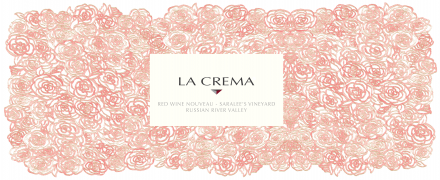
Comments